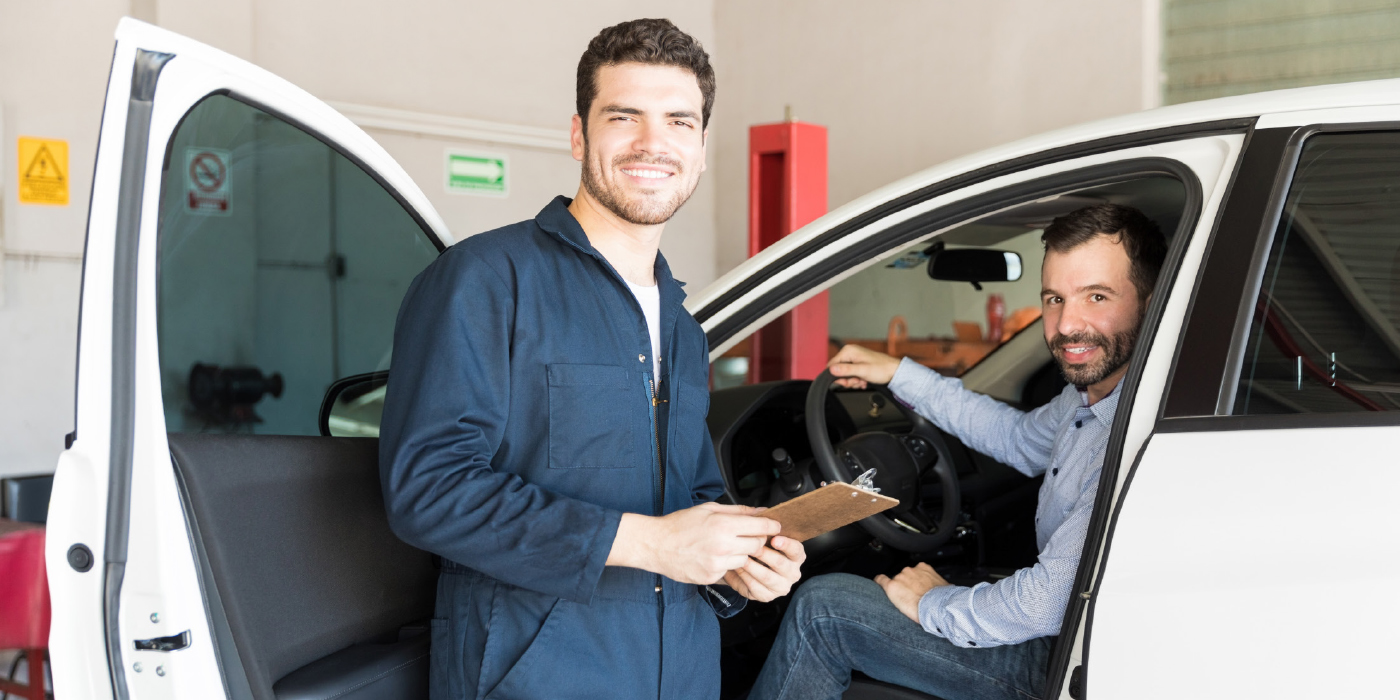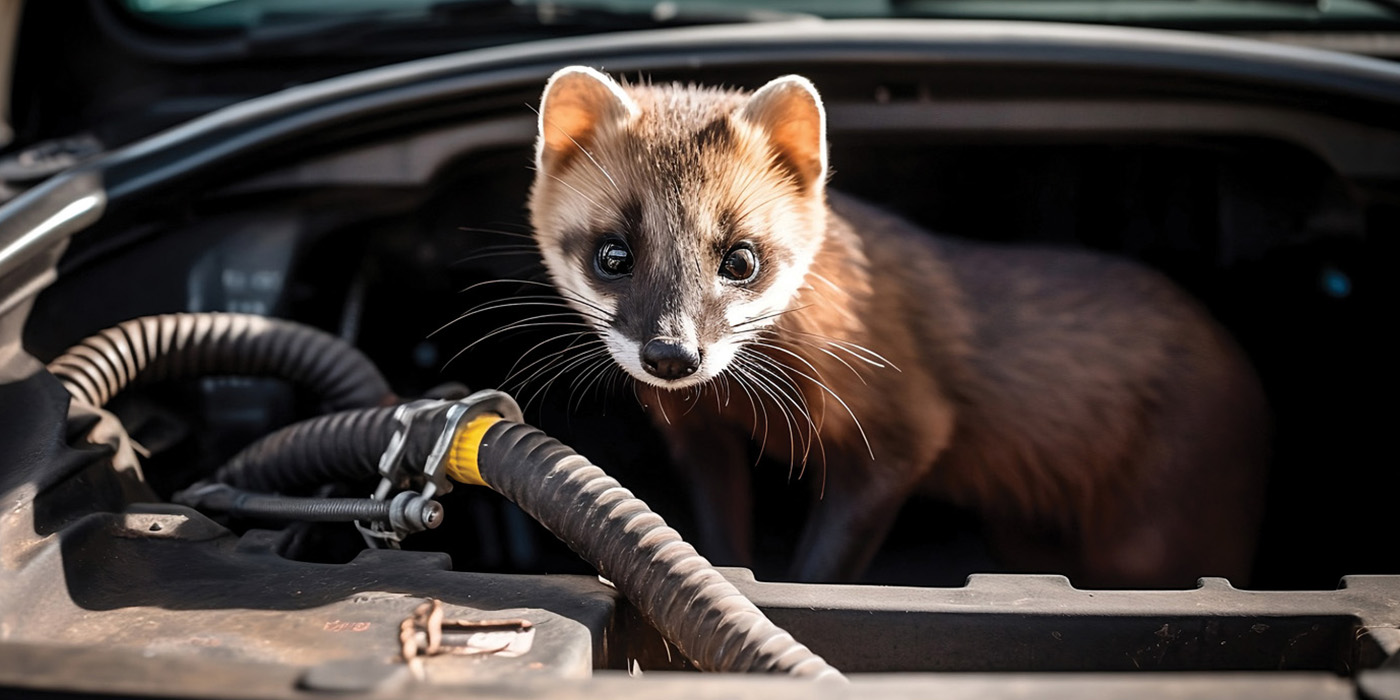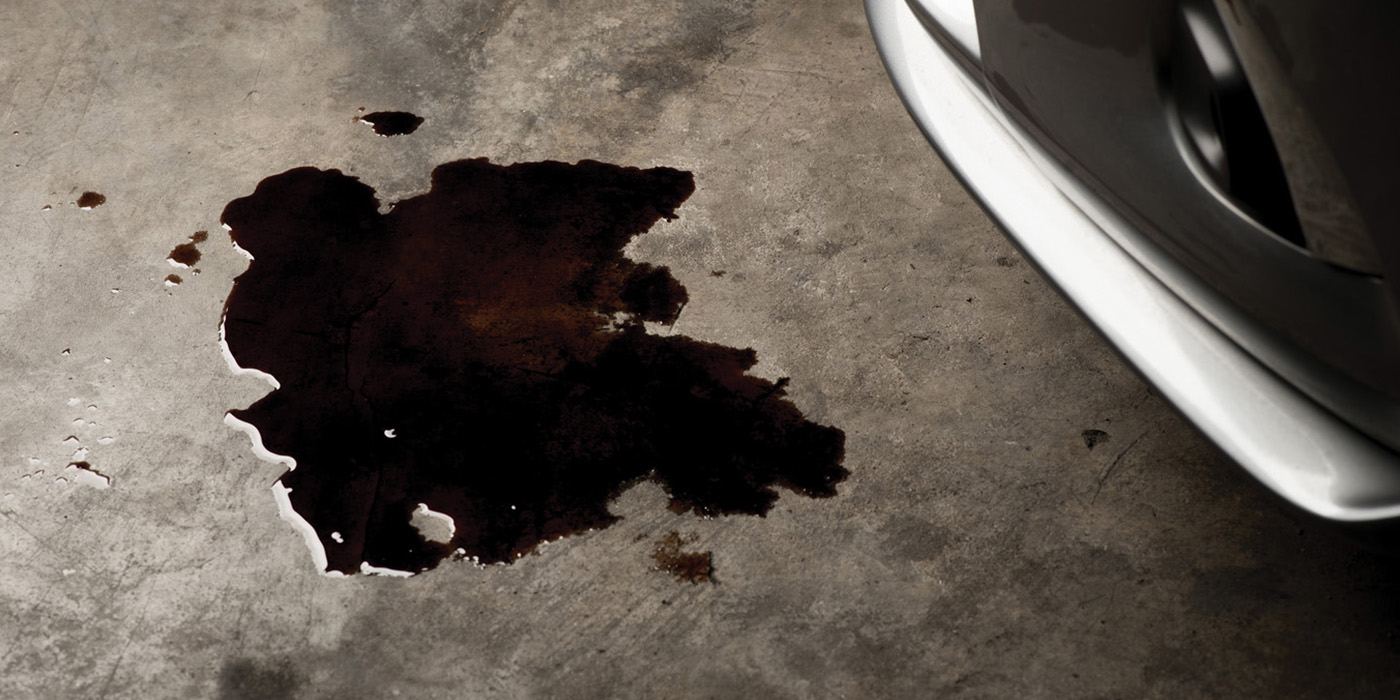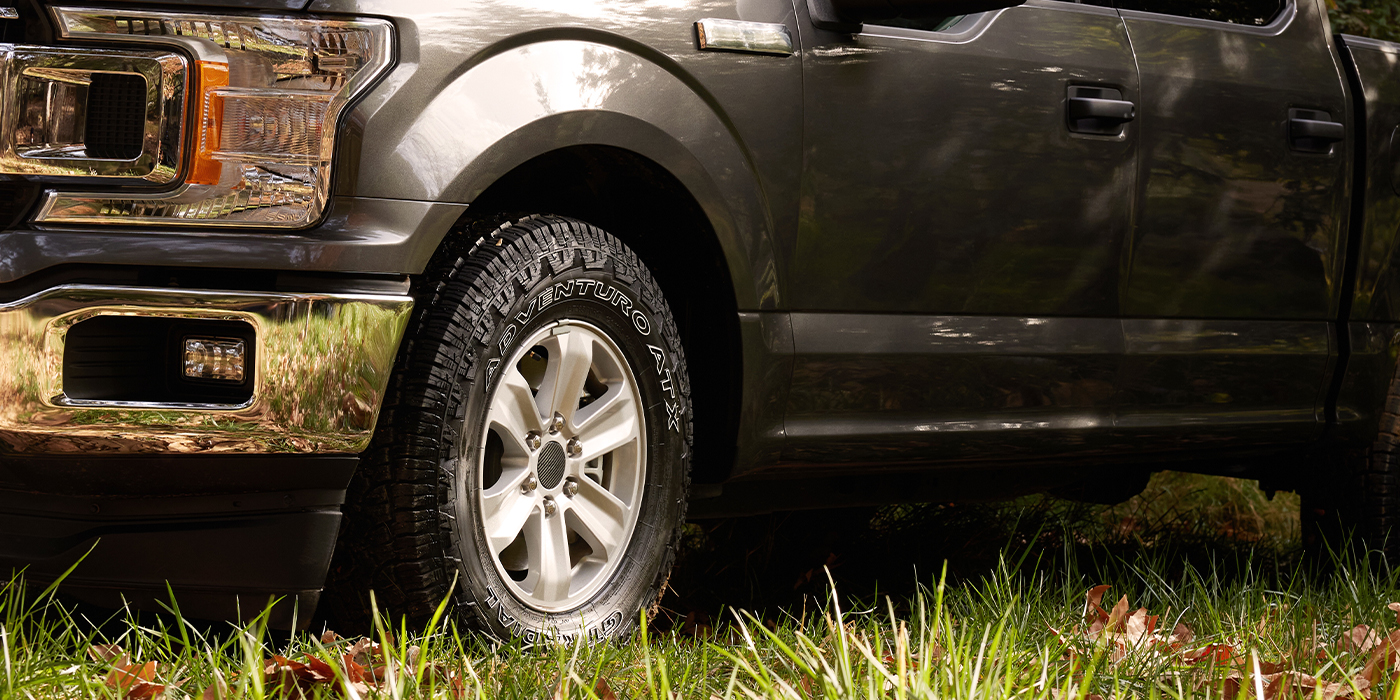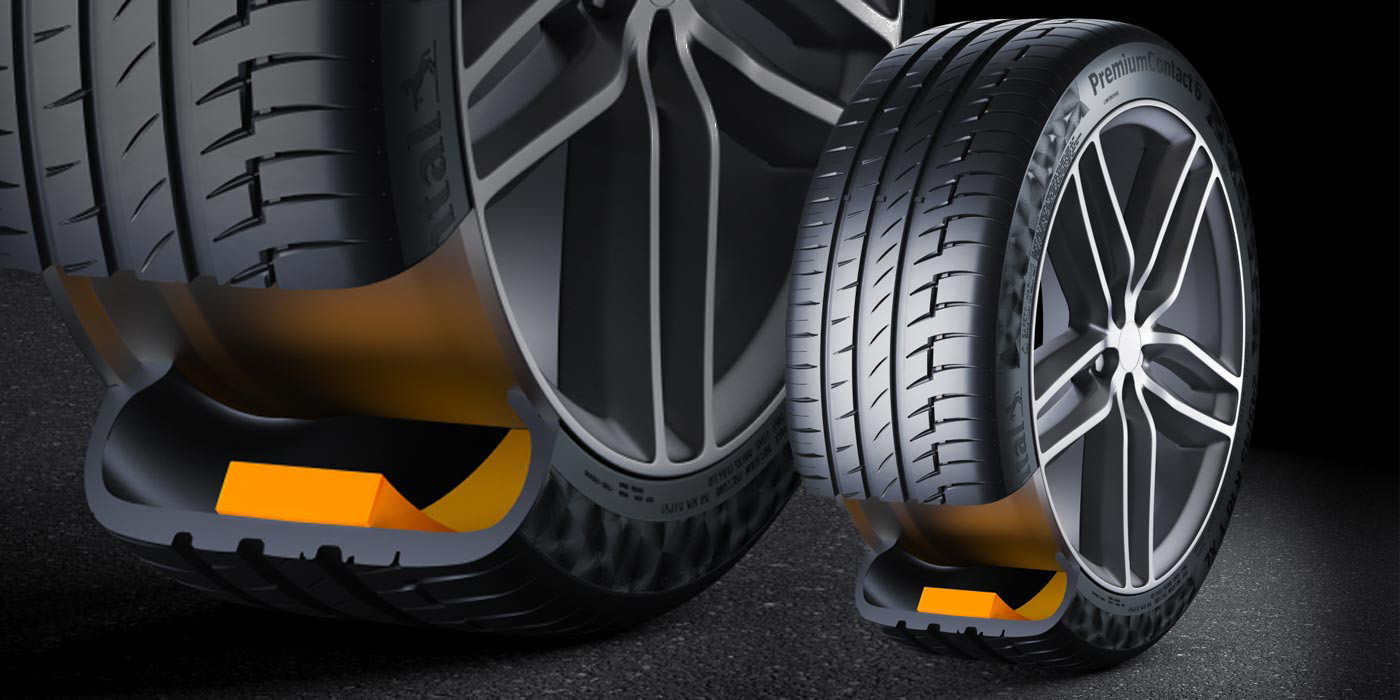When it comes to customer complaints, most shop owners are aware that there’s some economic price they’ll ultimately have to pay for the complaint, but will typically have no idea how much each complaint actually costs. This article will aim to bring some clarity to this long-disputed issue.
When a customer complains, the first direct cost that you’re going to incur is the loss of your time. This is the time you spend listening to the customer, discussing the resolution, and following up with the customer to ensure that their complaint has been properly resolved. Let’s call this direct expense “customer communication time.” I realize that the amount of time will vary with each complaint, so let’s assign 25 minutes as a realistic number for your average complaint time. These 25 minutes are comprised of 5 minutes when the customer first calls you with a complaint, 15 minutes when they return for correction or resolution, and then an additional 5 minutes for follow up.
Now let’s look at the time spent on the internal communication that comes along with each complaint. This is the time that you spend with your technicians and service advisors discussing the cause, the resolution, and the prevention of future complaints. I feel that 15 minutes is a realistic number when it comes to this internal communication. We’ll also need to consider the same amount of time, at a minimum, of an employee’s time spent to help you resolve the issue. So, your internal communication will cost you at least 30 minutes with each complaint.
Let’s shift gears and talk about the cost of customer attrition, and the marketing cost that will come along with each customer complaint. Let’s presume that you run a good business, and are able to properly address each concern to retain 80% of the customers who complain. In this scenario, you’ll still be losing 20% of those customers with complaints. In other words, out of every five complaints it’s safe to say you’ll lose one customer, so you should consider the marketing cost of each complaint to be 1/5th of the cost of generating a new customer.
Lastly, you need to consider the “loss of productivity” that is associated with each customer complaint. Simply put, while your employees are discussing the complaint with you, they are unable to generate additional income for the company.
Based on everything we have discussed, here is the math you can use to calculate the total cost of each complaint, which you and your employees may find to be quite surprising.
Note: The below cost of customer complaints calculation is predicated on a shop labor rate of $90 per hour, the shop producing $180 per hour per technician, and the cost of generating a new customer being set at $30.
25 minutes of customer communication (25 min/60 min X $90) $38
30 minutes of internal communication (30 min/60 min X $90) $45
Direct marketing cost to replace 1 of 5 ($30/5) $6
Loss of productivity (30 min) (30 min/60 min X $180) $90
Total: $179
If you think that $179 is a big number, please bear in mind we’re talking about the cost of customer complaints themselves, not the cost of additional repairs, services etc. that need to be performed to satisfy the customer. In addition to the $179, we haven’t taken into consideration the economic damage to your reputation, the damage to employee morale, and the loss of income that is associated with the loss of the customer and/or the direct cost of any repair.
This considerable cost is one reason why the industry superstars invest in training, they go the extra mile to deliver extraordinary service, and they follow up with each and every customer to ensure that they met with the customer’s expectations. These top shop owners know that they are far better off investing a little more money in their people, than they are spending that money resolving customer complaints. So do absolutely everything that you can do to provide exemplary service, and ensure that each and every customer … is a satisfied customer.
Since 1990, Bob Cooper has been the president of Elite (www.EliteWorldwide.com), a company that strives to help shop owners reach their goals and live happier lives, while elevating the industry at the same time. The company offers one-on-one coaching from the industry’s top shop owners, service advisor training, peer groups, along with sales, marketing and shop management courses. You can contact Bob at [email protected], or at 800-204-3548



